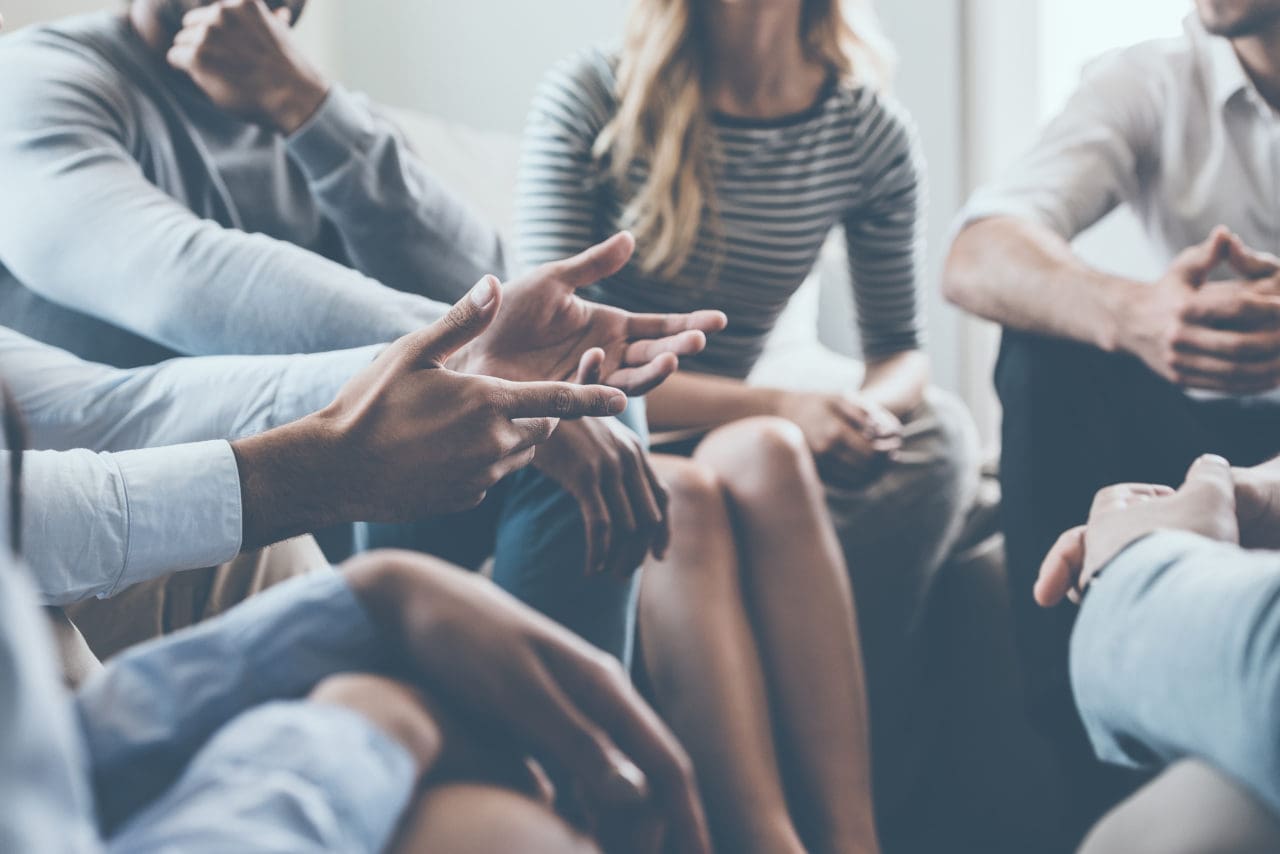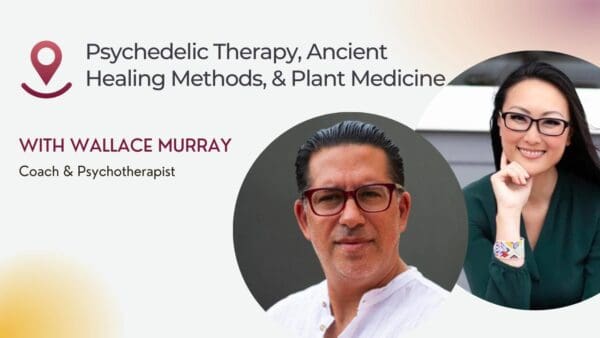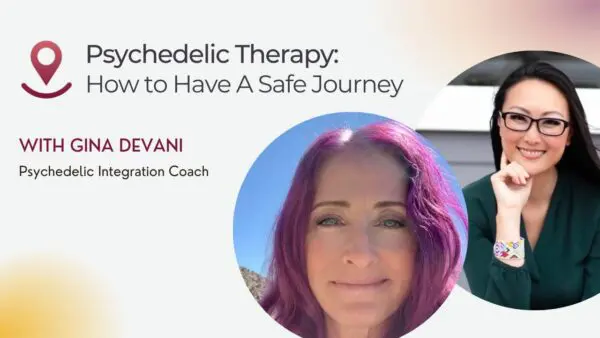It’s well-known that a psychedelic journey can be a mind-changing experience. But changing one’s mind is only one part of the therapeutic process. On the other hand, changing one’s life can require a little more than a single psychedelic session.
Group therapy is a natural ally to psychedelic therapy, and recent research suggests that psychedelics can be integrated into group therapy sessions. Outside of clinical practice, communities have been organizing psychedelic integration circles and support networks for decades. As research and drug policy continue to evolve, group therapy is likely to play a more prominent role in psychedelic healing. Read on to learn more about this concept and how you might benefit.
What Are Integration Circles?
Psychedelic Integration Circles are a type of unstructured group meeting where people collectively integrate psychedelic insight through listening and sharing. These groups tend to be found in large metropolitan areas or online. Some start as grassroots communities before they turn into full-fledged organizations with dedicated staff.
Psychedelic integration circles offer an opportunity for people to gather together and share both the experience of psychedelic use and the experiences that brought them here in the first place. Integration circles offer participants the opportunity to work through their traumas or experiences together.
Everyone doesn’t need to be in the same boat in terms of experiences and substance. Regardless, peers can help normalize deeply personal and often difficult events, providing a space of trust among others who can relate. Circles may form through established nonprofits, among friends, in partnership with clinical practice, or as part of a research trial follow-up. A simple internet search will show where integration circles are near you.
History of Group Therapy and Psychedelic Research
From an anthropological perspective, we could say that psychedelic group therapy has been around for millennia. Group rituals, trance, and psychedelic mind states routinely serve as the roots of social bonding and cultural transmission.
The natural tendency for humans to engage in dance, music, and play also speaks to the importance of group behaviors. This is not just a social tradition or cultural happenstance; group gatherings are an innate and adaptive function of social animals, necessary for human survival. Simply put, human beings are not self-contained, but part of a social organism that thrives on the synergy and collective intelligence of groups — that intelligence applies to communal healing, too.
Gordon Wasson observed the power of psychedelic group therapy in the tradition of the communal Mazatec velada. Anthropologist Marlene Dobkin de Rios would note that group ritual was a central feature among the many Amazonian and Andean tribes that utilized psychoactive plant medicines in their communal rituals.
These earlier anthropological observations would inevitably lead to Albert Hofmann’s isolation of psilocybin. In the 1960s, psilocybin was also used in group settings like Walter Pahnke’s famous Good Friday Experiment and Timothy Leary’s Concord Prison Experiment.
In her book, Therapy with Substance, Friederike Fisher describes the psychedelic-assisted psychotherapy groups that she facilitated before being jailed for working with psychedelics.
A recent research review noted 12 LSD studies involving group settings in the literature, 2 of which also combined psilocybin in the protocols. Studies ranged from structured, ongoing group treatment to individual sessions and group follow-ups. In addition to clinical studies, international research teams presented several annotated accounts of psychedelic group therapy.
In general, these studies lacked proper control groups and offered no clinical significance. But, there is a wide array of dosing protocols and conditions addressed — none of which are verified for safe use or administration.
Noting the obvious gap in the research, some scientists have recently begun to consider the benefit and utility of group therapy in conjunction with psychedelics. Social connectedness is thought to be an underlying mechanism of psychedelic therapy, and psychedelic study participants repeatedly request to be connected with other participants so they can communicate with others who can share the experience. Researchers say this helps to reinforce the therapeutic benefits of psychedelic therapy.
The Future of Psychedelic Group Therapy
As renewed interest in psychedelic research attracts skilled therapists, and as more and more patients begin to search for ways to access psychedelic therapy, group therapy can certainly help increase access to care.
The current cost of approved psychedelic therapy protocols is significant. With multiple therapists working during the experience itself, plus preparation therapy sessions, follow-up sessions, and the potential of additional dosing treatments depending on the course of treatment, the total cost of psychedelic therapy could be upwards of $15,000.
As such, investing in research around group therapy makes sense, especially considering it has long been shown to save costs and improve outcomes in clinical operations. While we don’t have recent clinical research on group therapy, an upcoming study sponsored by the Multidisciplinary Association for Psychedelic Studies (MAPS) is slated to investigate the effects of MDMA in a group therapy setting over 11 weeks. The study will cover three cohorts and will include traditional treatment and group therapy.
As another important aspect of access and cost savings, researchers note formalized, structured, and clinically developed group therapy is not the only option. This is especially important to note because, in our modern society, not everyone has access to psychedelic integration therapy.
Psychedelic Group Therapy Supports Accessibility
Currently, ketamine is the only approved psychedelic therapy treatment in the United States. In the coming few years, both MDMA and psilocybin are expected to advance through the FDA approval process, at which point millions of people may be seeking legal psychedelic therapy. Thousands of therapists will be needed to meet that demand.
Therapists are not the only ones who can support group therapy. In the meantime, social workers, peer-counselors, chaplains, integration coaches, and psychedelic support guides are already building the group therapy processes and integration circles that support people navigating psychedelic experiences.









